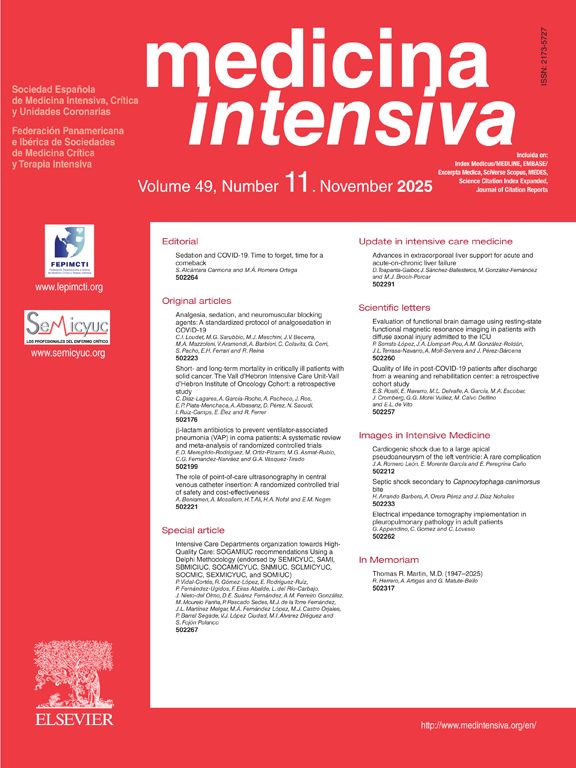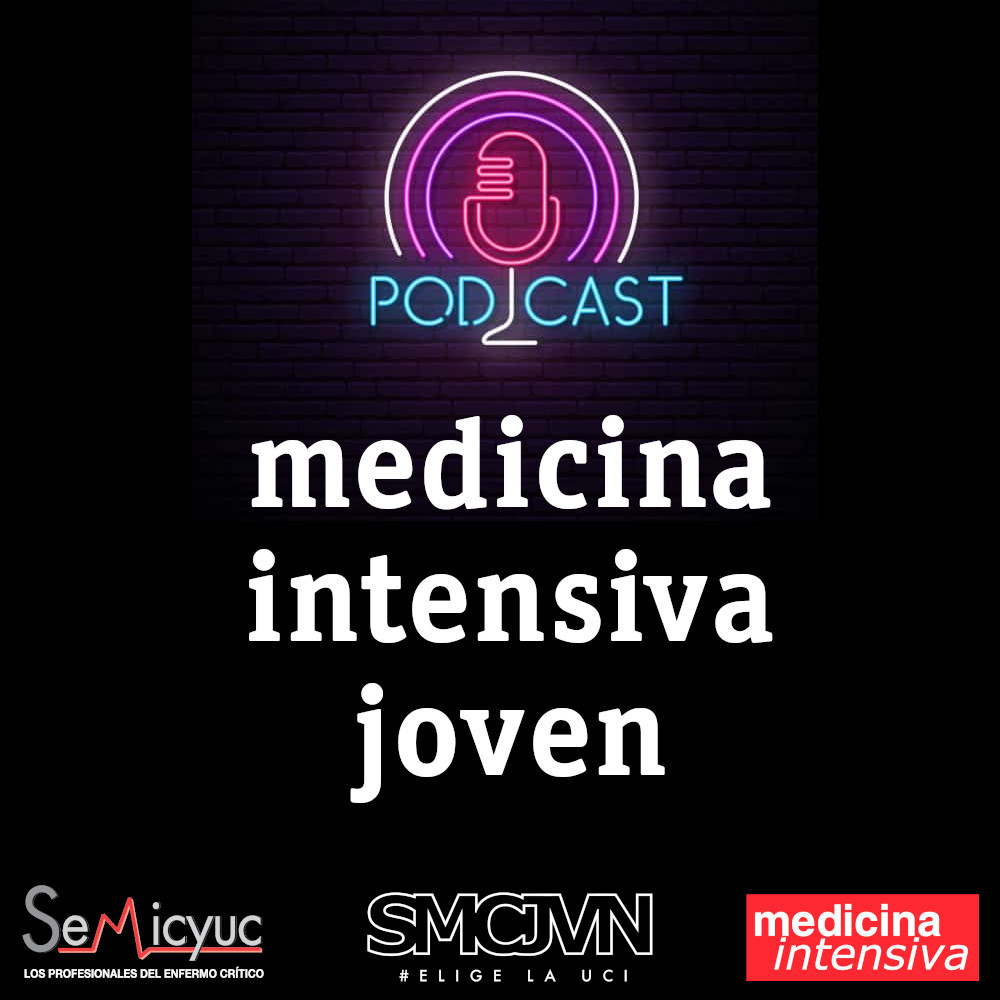was read the article
| Year/Month | Html | Total | |
|---|---|---|---|
| 2025 11 | 484 | 80 | 564 |
| 2025 10 | 53 | 80 | 133 |
| 2025 9 | 0 | 77 | 77 |
| 2025 8 | 0 | 49 | 49 |
| 2025 7 | 0 | 64 | 64 |
| 2025 6 | 6 | 49 | 55 |
| 2025 5 | 294 | 41 | 335 |
| 2025 4 | 249 | 38 | 287 |
| 2025 3 | 222 | 44 | 266 |
| 2025 2 | 164 | 55 | 219 |
| 2025 1 | 163 | 33 | 196 |
| 2024 12 | 151 | 34 | 185 |
| 2024 11 | 129 | 75 | 204 |
| 2024 10 | 180 | 56 | 236 |
| 2024 9 | 186 | 37 | 223 |
| 2024 8 | 260 | 61 | 321 |
| 2024 7 | 162 | 38 | 200 |
| 2024 6 | 211 | 42 | 253 |
| 2024 5 | 234 | 38 | 272 |
| 2024 4 | 185 | 34 | 219 |
| 2024 3 | 180 | 28 | 208 |
| 2024 2 | 199 | 42 | 241 |
| 2024 1 | 233 | 44 | 277 |
| 2023 12 | 197 | 51 | 248 |
| 2023 11 | 197 | 30 | 227 |
| 2023 10 | 218 | 92 | 310 |
| 2023 9 | 200 | 39 | 239 |
| 2023 8 | 136 | 34 | 170 |
| 2023 7 | 202 | 31 | 233 |
| 2023 6 | 137 | 24 | 161 |
| 2023 5 | 38 | 16 | 54 |




